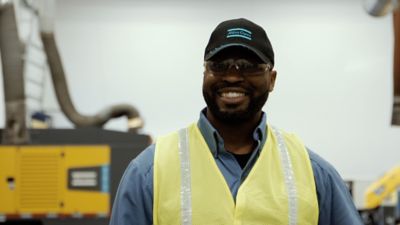Getting Oxygen (O2) Delivered is Old News. Is your business still getting its oxygen supply delivered in tanks? Yikes! We know that bottled oxygen delivery has its drawbacks, including unreliable deliveries, O2 wastage, and the safety risks that come with gas that's under high-pressure. With these reasons in mind, we believe there's no reason to continue on with an outdated, unsafe method of ensuring that your business receives the oxygen it needs to continue with production.
Start Generating Your Oxygen On-Site. Generating your own oxygen (O2) on-site ensures that your business will have an oxygen supply that remains consistent, dependable, and is able to be generated to your specified purity level (vs. overpaying for overspecified oxygen). Other benefits include the ability to stop relying on third-party suppliers for delivery; stopping the cycle of locking your business into contracts with the gas suppliers; and decreasing your environmental footprint by eliminating oxygen transport and delivery.
Interested in learning more about on-site oxygen generation?
Interested in learning more about on-site oxygen generation?
Interested in learning more about on-site oxygen generation?
Interested in learning more about on-site oxygen generation? Reach out to us today for more information!
Generate Your Oxygen On-Site with Our Oxygen Generators
How Do Oxygen Generators Actually "Generate" the Oxygen?
Great question! Our oxygen generators use the PSA (Pressure Swing Adsorption) method to produce oxygen.
How it Works: Oxygen molecules are separated from the other molecules within a clean, dry compressed air stream via Pressure Swing Adsorption (PSA), which is a simple, reliable and cost-effective technology that enables continuous, high-capacity oxygen flow at the desired level of purity (90% to 95%).
Adsorption happens when atoms, ions, or molecules from a substance (compressed air in this case) adhere to a surface of an adsorbent. PSA technology isolates oxygen molecules from other molecules (nitrogen, CO2, water vapor and trace gases) to leave high-purity oxygen at the outlet of the generator. The process takes place in two separate pressure vessels (Tower A and Tower B), each of which are filled with a carbon molecular sieve, that switch between a separation process and a regeneration process.



